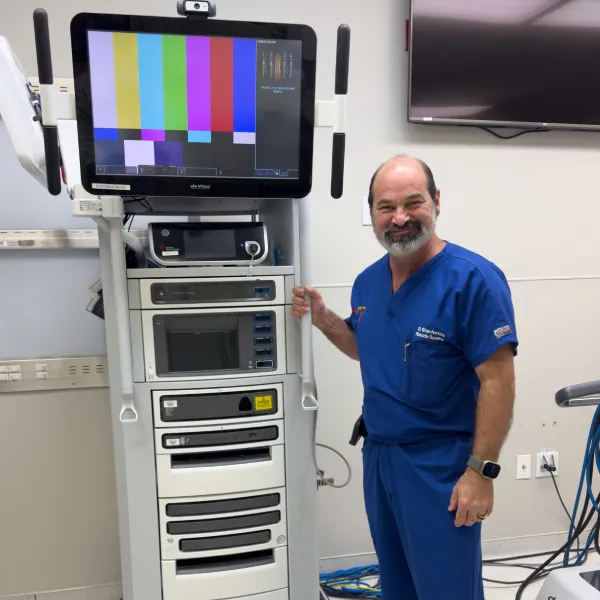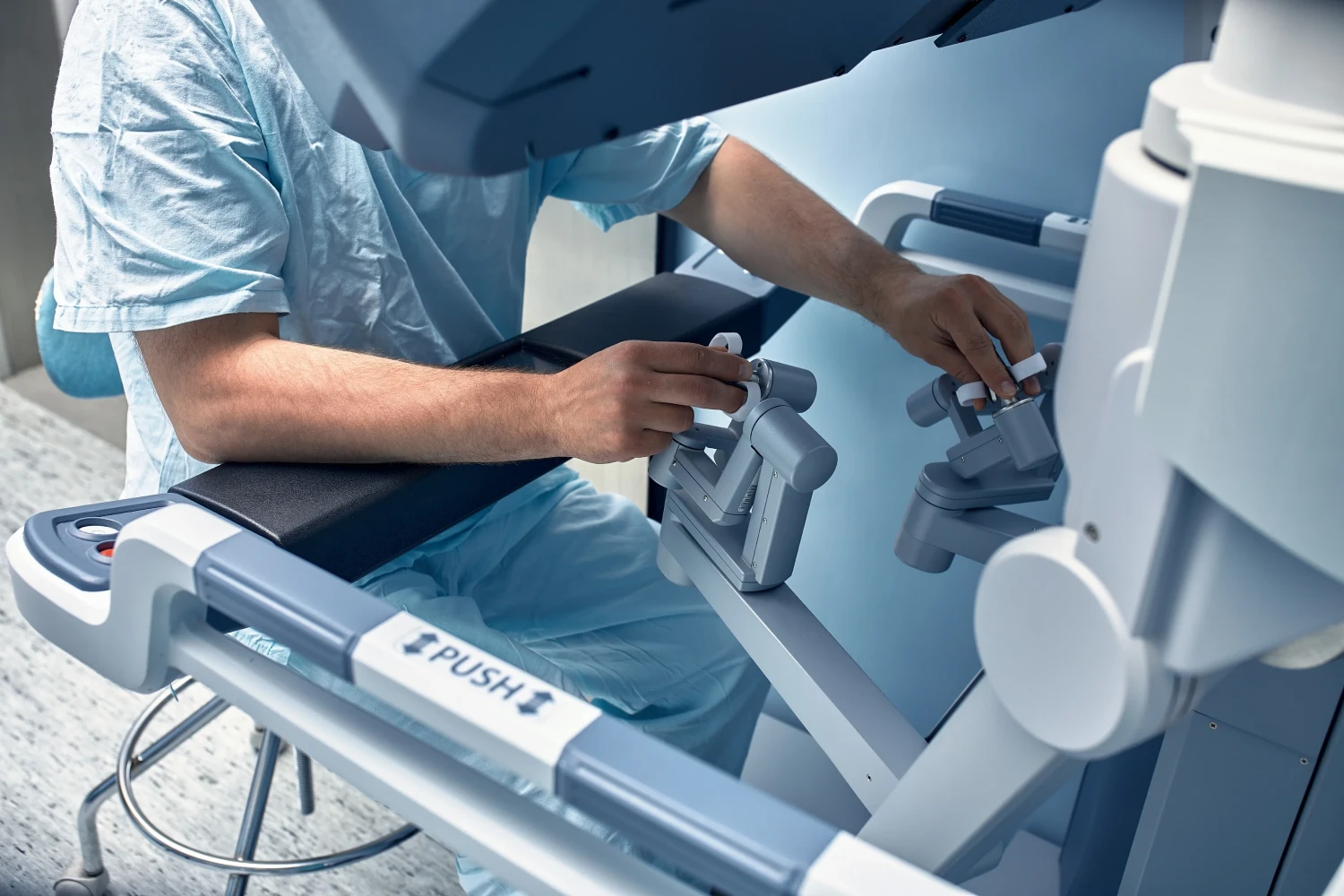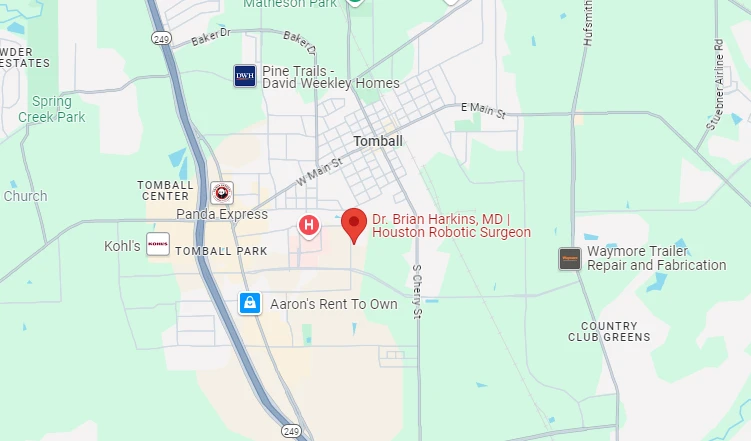
Many patients leave the hospital wondering, “How soon can I walk?” The good news is that walking within 24 hours after hernia surgery is encouraged, because every gentle step boosts blood circulation, lowers the risk of blood clots, and speeds healing at the surgical site. Whether you underwent open hernia repair, laparoscopic hernia repair, or the newest robotic surgery, this guide walks you—literally—through a safe, effective recovery timeline that Houston hernia surgeons follow every step of the way.
Key topics covered in this article: understanding hernia surgery recovery phases, benefits of walking after hernia repair, how often you should walk during the first week after surgery, and what pain and discomfort signals to monitor so you can return to daily activities without strain or hernia recurrence.
Recovering from hernia surgery—whether an inguinal hernia, umbilical hernia, or a more complex hernia—follows predictable tissue-healing stages. Still, the exact amount of walking that feels comfortable varies based on the type of hernia, the type of surgery (open vs. minimally invasive), existing constipation, overall fitness, and even Houston’s sweltering weather.
| Phase | Typical Day Range | Target Time Per Walk | Approx. Steps | Surface Recommendation |
|---|---|---|---|---|
| Immediate | 0–1 | 2–5 min | 100–300 | Indoors, flat |
| Early | 2–3 | 5–10 min | 500–800 | Driveway or hallway |
| Building | 4–7 | 10–15 min | 1,000–2,000 | Quiet sidewalk |
| Expansion | 8–14 | 15–30 min | 2,500–4,000 | Park paths |
| Consolidation | 15+ | 30 min+ | 4,500+ | Any comfortable route |
After minimally invasive or traditional open surgery you’ll likely head home the same day. Begin walking slowly within a few hours—three to five laps around your living room are perfect. This light walking relieves gas pain from laparoscopic CO₂, decreases constipation risk, and prevents stiffness.
Most swelling peaks by day three, making outdoor strolls feasible. Walk 5–10 minutes two or three times daily, opting for smooth, shaded sidewalks. If you underwent open hernia repair, remain extra mindful of pulling near the incision. Apply ice after activity and use pain medication only as prescribed to manage discomfort.
Your stitches or mesh are integrating with tissue, reducing the chance of hernia recurrence. Start 15–30-minute walks once or twice daily. Patients who had robotic hernia surgery often notice faster recovery and can add slight inclines sooner, though you should always confirm with your hernia surgeon before progressing.
Laparoscopic and robotic procedures use tiny cuts, leading to quicker recovery compared to traditional open surgery. However, if you had an extensive or complex hernia repair, your surgeon may limit activity a bit longer to protect the surgical area.
Use a 0–10 scale to gauge pain. If pain remains at 0–3 during and after a walk, you can safely extend tomorrow’s distance. Pain above 5 or sudden spikes signal a need to slow down, rest, and possibly contact your healthcare provider.
Active patients generally achieve a quicker recovery; those previously sedentary should adopt a more conservative plan. Regardless of fitness level, always listen to your body and avoid heavy lifting for at least 4 to 6 weeks after hernia repair surgery.
Walking helps recovery, but Texas heat can drain energy fast. Choose early-morning or late-evening outings, and stick to flat, even paths until balance and core strength fully return.
Find today’s baseline distance—often the hallway circuit you tolerate without pain. Increase that distance by 25–30 % every other day, never adding more than 1,000 steps in a single 24-hour period. This incremental approach minimizes strain on healing tissues.
Smartphones, pedometers, or a simple timer help ensure you’re walking just enough. One Houston city block is roughly 250 steps, making it an easy yardstick if you prefer counting landmarks over technology.
Meet all three criteria? It’s safe to add five more minutes tomorrow.
Sunrise and post-sunset hours offer cooler temperatures and lower humidity. If these times conflict with work, consider air-conditioned venues such as The Galleria for lap walking without climate stress.
Drink eight ounces of electrolyte water before you walk, carry another chilled bottle, and wear breathable UPF shirts to protect healing skin from sweat and UV irritation.
Sharp groin pain while walking, especially if accompanied by swelling, may suggest seroma, hematoma, or mesh issues. Rest, apply ice, and call your surgeon immediately.
Any of these symptoms require same-day evaluation to avoid risk of complications.
Persistent nausea, difficulty passing urine, or a new bulge near the repair site all merit prompt medical attention. Safe recovery always beats regret.
Yes—slowly. Use the handrail, keep your back straight, and don’t carry heavy items. Stair climbing is fine for most patients within 48 hours after surgery but stop immediately if you feel pulling or sharp pain.
A light abdominal binder can decrease strain and encourage comfortable walking, particularly after open hernia surgery. Discontinue once you can laugh, cough, and walk without discomfort—often by week three.
Many surgeons approve brisk walking at four weeks and light jogging at six. Always confirm clearance, because recovery time may vary based on the type of hernia repair you had.
Yes. Pain medication and reduced activity can slow digestion, leading to constipation. Gentle walking stimulates intestinal motility, allowing smoother bowel movements and easing post-operative discomfort. Staying hydrated and eating fiber-rich foods further reduce strain on the surgical area during recovery.
Aim for four to six short walks spread throughout the day. Frequent, low-impact movement keeps blood flowing, minimizes stiffness, and supports faster recovery compared to a single long session. Gradually lengthen only when you feel comfortable walking without increased pain.
Stop, rest, and evaluate your pain level. If discomfort eases quickly, resume at a slower pace. Persistent or sharp pain while walking after hernia surgery warrants calling your healthcare provider to ensure you’re not overexerting the repaired hernia site.
Basic timelines remain similar, but umbilical repairs sometimes permit slightly faster progression because the incision is on the midline rather than the groin. However, every surgery patient should individualize walking goals based on surgeon advice and personal comfort.
Laparoscopic and robotic hernia surgery often lead to smaller scars, less post-operative pain, and a quicker return to daily activities compared to traditional open surgery. Even so, following the same cautious walking progression keeps risk of complications low.
Most drains are removed before discharge, but if yours remains, light walking is typically allowed. Secure the drain to clothing to prevent tugging, avoid sudden movements, and monitor output as instructed to promote safe recovery.
No, controlled walking is recommended because it strengthens core muscles without excessive strain. The real risks come from heavy lifting or sudden twisting before full recovery. Gradual progression and listening to your body help prevent recurrence.
Extended bed rest can cause muscle weakness, joint stiffness, and higher risk of blood clots. Gentle walking, on the other hand, maintains mobility, promotes blood flow, and supports an effective recovery process that gets you back to normal daily activities sooner.
Most patients move outdoors by day three, provided pain is controlled and weather conditions cooperate. Start with shaded or indoor mall routes if Houston heat is intense; transition to neighborhood sidewalks once you feel confident on flat terrain.
Your core stabilizes every step. Light walking activates abdominal muscles gently, improving circulation around the repaired hernia without overloading the surgical site. Over time, this controlled engagement fosters stronger muscles and safer long-term outcomes.




Dr. Brian Harkins is a renowned surgeon specializing in advanced, minimally invasive, and robotic surgical techniques. With a dedication to innovation and personalized patient care, he has transformed countless lives by delivering exceptional outcomes.

I want a website like this, where do i start?